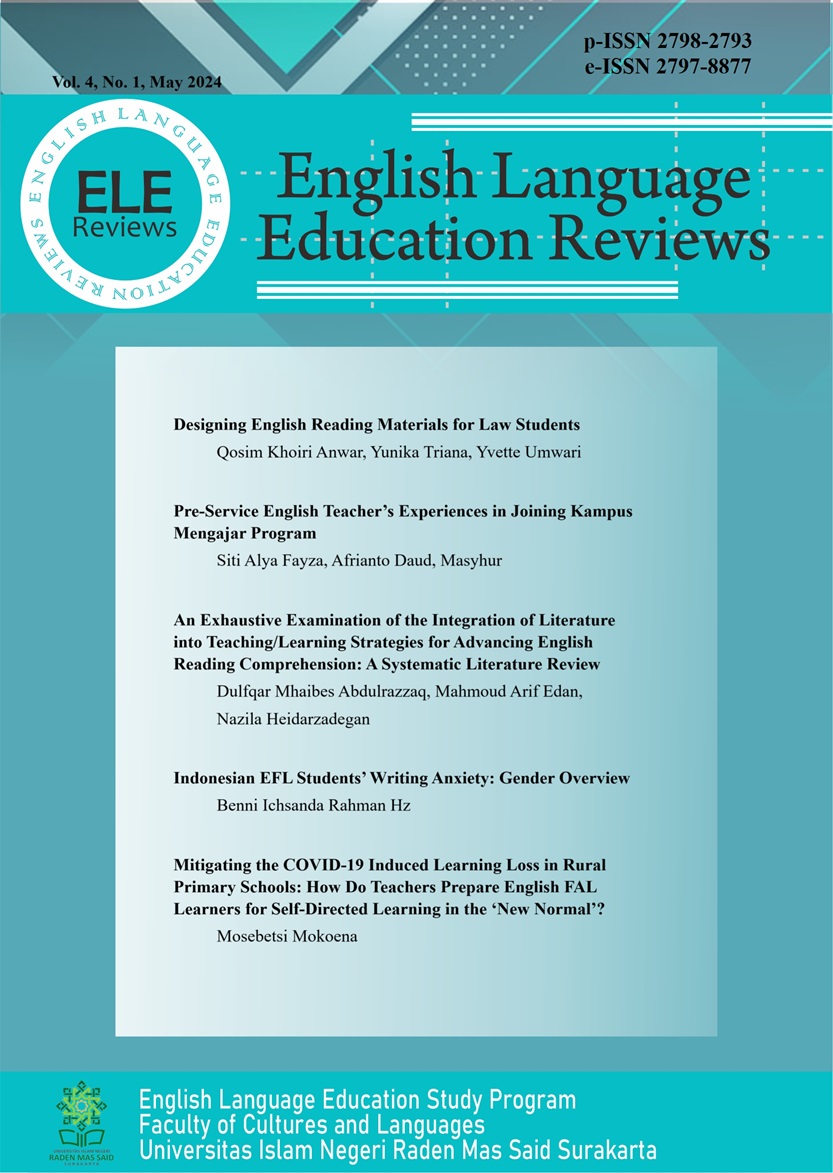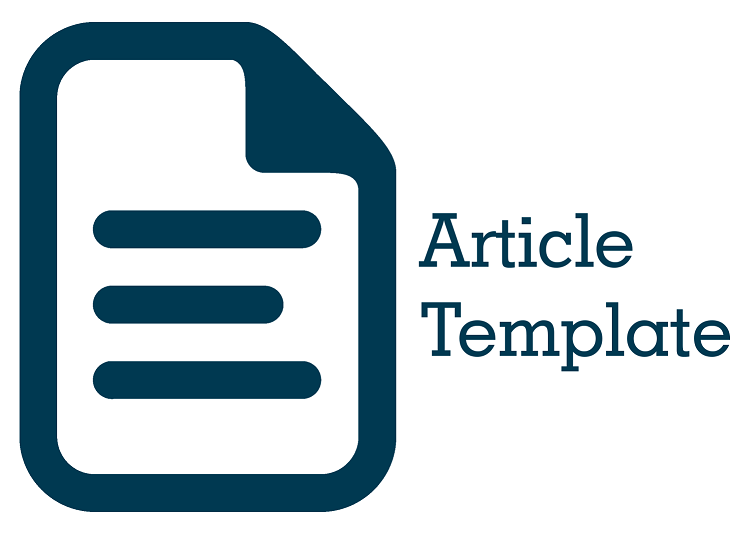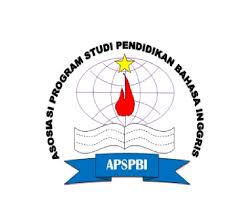Designing English Reading Materials For Law Students
DOI:
https://doi.org/10.22515/elereviews.v4i1.8546Keywords:
English for Specific Purposes, reading materials, students’ needs, material designsAbstract
English is a language that is generally difficult to understand for most students. Providing reading materials is one of the necessary approaches that should be undertaken by professors. This research aims to explore information regarding the needs of students in learning English and describe how reading materials for law students at a university in Indonesia are designed. The research and development (R&D) method is employed, implementing the ADDIE model (Analysis, Design, Development, Implementation, and Evaluation). The results indicate that the majority of students greatly require materials that can enhance their reading skills. After the reading materials are designed and implemented in class, an evaluation is conducted to further develop the materials. The evaluation results, as responded to by students and expert professors, indicate that the materials align with the students’ needs. The average percentage of students’ needs fulfilled by the reading materials is 84%, while the average assessment percentage from the experts is 90.4%. This demonstrates that the reading materials are valid for use as English learning materials for law students.
Downloads
References
Aka, N. (2019). Reading performance of Japanese high school learners following a one-year extensive reading program. Reading in a Foreign Language, 31(1).
Anderson, R. C., Chaparro, E. A., Smolkowski, K., & Cameron, R. (2023). Visual thinking and argumentative writing: A social-cognitive pairing for student writing development. Assessing Writing, 55, 100694. https://doi.org/10.1016/j.asw.2023.100694
Anggia, H., & Habók, A. (2023). Textual complexity adjustments to the English reading comprehension test for undergraduate EFL students. Heliyon, 9(1), e12891. https://doi.org/10.1016/j.heliyon.2023.e12891
Bartnikaite, E., & Bijeikiene, V. (2017). Perspectives in legal English in-service education: Needs analysis in Lithuanian context. Studies in Logic, Grammar and Rhetoric, 49(1), 21-35. https://doi.org/10.1515/slgr-2017-0002
Basturkmen, H. (2010). Developing courses in English for Specific Purposes. In TEFLIN Journal (Vol. 1, Issue 1).
Bhatia, V. K. (2023). Designing English for legal communication programmes: Exploiting legislative genres. International Journal for the Semiotics of Law, 36(4), 1883-1896. https://doi.org/10.1007/s11196-022-09968-5
Bloom, B. S. (1956). Taxonomy of educational objectives: The classification of educational goals. David McKay Co., Inc.
Brown, H. D. (2000a). Teaching by principles: An interactive approach to language pedagogy. Longman.
Brown, H. D. (2000b). Teaching by principles: An interactive approach to language pedagogy. Longman.
Bryman, A., & Cramer, D. (1990). Quantitative data analysis for social scientists. Routledge.
Cohen, L., Manion, L., & Morrison, K. (2007). Research methods in education. In Research Methods in Education. Routledge Taylor & Francis Group. https://doi.org/10.4324/9780203029053
Debat, E. V. de. (2006). Applying current approaches to the teaching of reading. English Teaching Forum, 44(1), 8-15.
Edmonds, A., Clenton, J., & Elmetaher, H. (2022). Exploring the construct validity of tests used to assess L2 productive vocabulary knowledge. System, 108(1), 1-38. https://doi.org/10.1016/j.system.2022.102855
Fitrawati. (2012). Improving senior high school students’ reading comprehension through reading strategies derived from genre based approach. Omposisi Jurnal Pendidikan Bahasa Sastra Dan Seni, 10(2), 89-99. https://doi.org/10.24036/komposisi.v10i2.60
Gall, M. D., Gall, J. P., & Borg, W. R. (2003). Educational research: An introduction. Allyn and Bacon.
Grabe, W., & Stoller, F. L. (2019). Teaching and researching reading. Routledge.
Gravatt, B., J. Richards, & M.Lewis. (1997). Language needs in tertiary studies. Auckland: Occasional Paper Number 10, University of Auckland Institute of Language Teaching and Learning
Gustafson, K. L., & Branch, R. M. (2002). Survey of instructional development models. ERIC Clearinghouse on Information & Technology.
Ha, H. T. (2022). Issues in matching learners to their reading levels using receptive vocabulary knowledge – A closer look at the vocabulary levels tests and scoring methods. Heliyon, 8(8), 1-7. https://doi.org/10.1016/j.heliyon.2022.e10244
Harmer, J. (2008). How to teach English. Pearson Longman.
Husna, N. (2019). Developing students’ critical thinking through an integrated extensive reading program. TEFLIN Journal, 30(2), 212-230. https://doi.org/10.15639/teflinjournal.v30i2/212-230
Hutchinson, T., & Waters, A. (1987). English for Specific Purposes: A learner-centered approach. Cambridge University Press.
Hutchinson, T., & Waters, A. (2005). English for Specific Purposes: A learning-centred approach. Cambridge University Press. https://assets.cambridge.org/97805213/18372/excerpt/9780521318372_excerpt.pdf
Kanokpermpoon, M. (2023). Foundation English course development for Thai tertiary education: Learners’ perceived needs and factor analysis. REFLections, 30(3), 671-694. https://doi.org/10.61508/refl.v30i3.267999
McDonough, J., Shaw, C., & Masuhara, H. (2013). Materials and methods in ELT: A teacher’s guide. A John Wiley & Sons, Ltd., Publication.
Miles, M. B., Huberman, A. M., & Saldaña, J. (2013). Qualitative data analysis: A methods sourcebook (3rd ed.). SAGE Publications.
Nugroho, A., Haghegh, M., & Triana, Y. (2021). Emergency remote teaching amidst global pandemic: Voices of Indonesian EFL teachers. VELES Voices of English Language Education Society, 5(1), 66-80. https://doi.org/10.29408/veles.v5i1.3258
Nugroho, A., Triana, Y., & Zulaiha, D. (2022). Digital teaching awareness and practice: Narratives from Indonesian ESP teachers. ELT Echo: The Journal of English Language Teaching in Foreign Language Context, 7(1), 1. https://doi.org/10.24235/eltecho.v7i1.9905
Nunan, D. (2003). Practical English language teaching. McGraw-Hill Education.
Nunan, D. (2004). Task-based language teaching. Cambridge University Press.
Nunan, D., Terrell, T. D., & Brown, H. D. (2003). Practical English language teaching. In Language (Vol. 57, Issue 3).
Patel, M. F., & Jain, P. M. (2008). English language teaching: (methods, tools & techniques). Sunrise Publishers & Distributors.
Perez, B. E. O., & Mardapi, D. (2015). Evaluation of the bridging course offered at a university to foreign students: Batches of 2012 and 2013. Research and Evaluation in Education, 1(2), 146-157. https://doi.org/10.21831/reid.v1i2.6667
Retnaningsih, W., Nugroho, A., Triana, Y., Putra, H. R., & Mutiaraningrum, I. (2023). Impact of WhatsApp-integrated flipped learning on developing English speech acts of requests: Students’ performance, perception, and acceptance. Educational Administration: Theory and Practice, 29(203-221). https://doi.org/10.17762/kuey.v29i2.715
Riduwan. (2008). Skala pengukuran variabel-variabel penelitian. Alfabeta.
Rizqi, F. (2023). Teachers’ perspective: revolutionizing English classroom interaction with technology integration. JISE: Journal of Islamic Studies and Education, 2(2), 71-79. https://journal.presscience.org/index.php/jise/article/view/27
Triana, Y., & Nugroho, A. (2021). Brief ELT in digital classroom for lazy creative lecturers (option after post pandemic recovery): Lecturers’ perspectives. Indonesian Journal of EFL and Linguistics, 6(1), 79-99. https://doi.org/10.21462/ijefl.v6i1.343
Triana, Y., & Zulaiha, D. (2022). Possible features of learning management system to improve writing skill. Journal of Islamic Studies and Education, 01(01), 19-22.
Umwari, Y., & Zulaiha, D. (2023). Investigating students’ reading skill on ESP class. JISE: Journal of Islamic Studies and Education, 2(1), 27-31. https://journal.presscience.org/index.php/jise/article/view/17
Wyatt, R. (2006). Check your English vocabulary for law. A&C Black.
Yahya, A., & Said, Y. R. (2019). Developing appropriate English learning materials for syariah economic law study program students at IAIN Palopo, Indonesia. Asian ESP Journal, 15(1), 22-33. https://www.scopus.com/inward/record.uri?eid=2-s2.0-85068447560&partnerID=40&md5=13a8f64407a3289e6447d0a36e8ad215
Yatroon, P. (2020). Assessing task-based language needs of the students of international law. Language Teaching Research Quarterly, 18, 115-128. https://doi.org/10.32038/ltrq.2020.18.08
Zulaiha, D., & Triana, Y. (2021). A hermeneutical study of using mobile phone in 4.0 in writing skills. ELE Reviews: English Language Education Reviews, 1(1), 54-60. https://doi.org/10.22515/ele-reviews.v1i1.3588
Zulaiha, D., & Triana, Y. (2023). Students’ perception toward the use of open educational resources to improve writing skill. Studies in English Language and Education, 10(1), 174-196. https://doi.org/10.24815/siele.v10i1.25797
Downloads
Published
How to Cite
Issue
Section
Citation Check
License
Copyright (c) 2024 Qosim Khoiri Anwar, Yunika Triana, Yvette Umwari

This work is licensed under a Creative Commons Attribution-NonCommercial 4.0 International License.
Authors retain copyright and grant the journal right of first publication with the work simultaneously licensed under a Creative Commons Attribution License that allows others to share the work with an acknowledgement of the work's authorship and initial publication in this journal.
This ejournal system and its contents are licensed under
a Creative Commons Attribution-NonCommercial 4.0 International License








